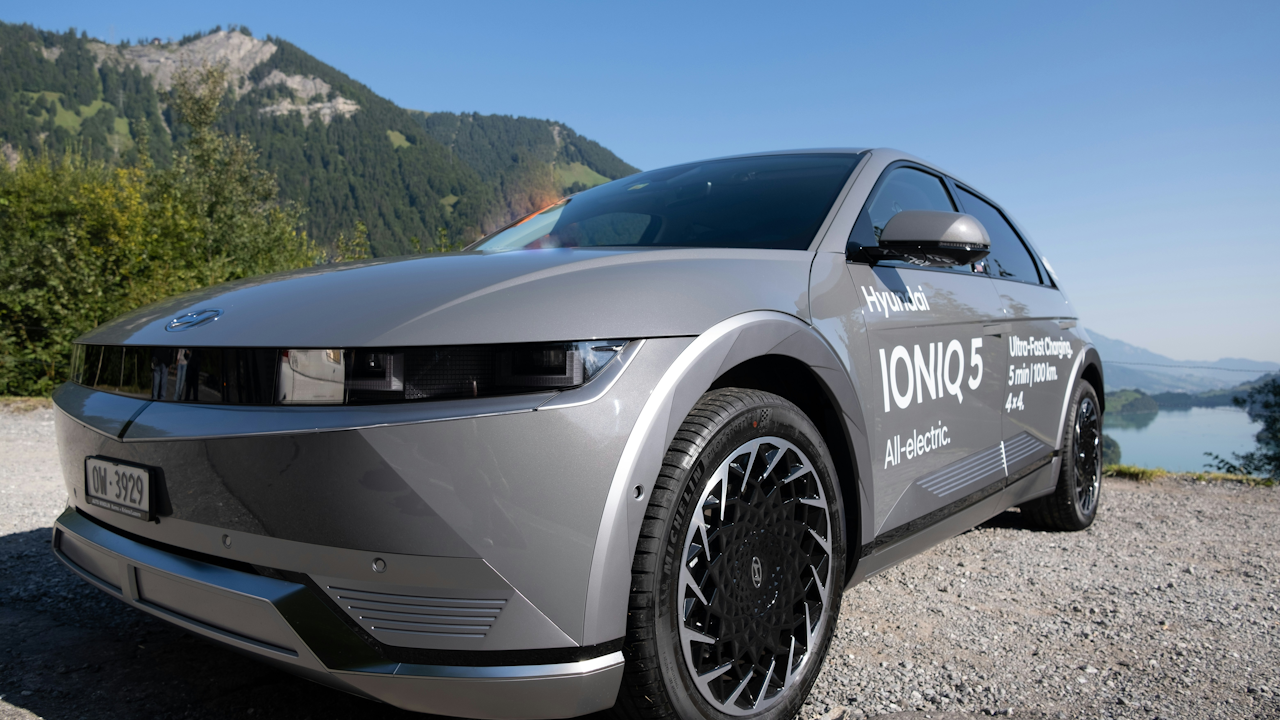In the global push toward cleaner transportation, electric vehicles (EVs) have taken center stage. Battery electric vehicles (BEVs), powered by lithium-ion batteries, are dominating the market and the conversation. However, hydrogen fuel cell vehicles (FCVs) have been quietly advancing in the background. Although hydrogen cars face several challenges, they also offer distinct advantages. The question remains: can hydrogen-powered vehicles become a viable alternative to traditional EVs?
Hydrogen cars use fuel cells to convert compressed hydrogen gas into electricity. This electricity powers the motor and drives the car. The only emission from the tailpipe is water vapor, making hydrogen vehicles completely free from carbon emissions at the point of use. Like BEVs, they aim to reduce greenhouse gases and dependency on fossil fuels. However, hydrogen fuel cell technology differs significantly in operation and infrastructure needs.
One major advantage of hydrogen cars is their refueling time. Unlike BEVs, which often require hours to fully charge (even with high-speed chargers), hydrogen vehicles can be refueled in under five minutes. This quick turnaround closely mirrors the convenience of gasoline-powered vehicles and makes hydrogen cars more practical for long-distance driving or fleet use. For consumers accustomed to short stops at the gas station, this benefit is particularly appealing.
Another important point is driving range. Many hydrogen cars can travel between 300 to 400 miles on a full tank, similar to or exceeding the range of many BEVs. This capacity is especially useful in rural areas or for long-haul transportation, where access to charging infrastructure may be limited. In colder climates, fuel cells also tend to perform better than batteries, which can lose efficiency in low temperatures.
Despite these advantages, hydrogen cars face several significant hurdles. The most immediate is the lack of refueling infrastructure. While EV charging stations are rapidly expanding, hydrogen stations are few and concentrated mainly in specific regions such as California, Japan, and parts of Europe. Building a nationwide hydrogen refueling network would require massive investment, careful planning, and a solid commitment from both government and private sectors.
Another challenge is energy efficiency. Producing hydrogen is an energy-intensive process, particularly when it is done through electrolysis, which uses electricity to split water into hydrogen and oxygen. If this electricity comes from renewable sources, the hydrogen produced can be considered green. However, most hydrogen today is produced from natural gas through a process called steam methane reforming, which emits significant amounts of carbon dioxide. Until green hydrogen becomes widely available and economically viable, hydrogen vehicles cannot be considered completely clean.
Moreover, the efficiency chain of hydrogen is lower than that of battery electric vehicles. BEVs use electricity directly to power their motors, resulting in less energy loss. In contrast, hydrogen production, compression, transport, storage, and conversion back to electricity in a fuel cell involve multiple steps, each with energy losses. Some estimates suggest that BEVs are up to three times more efficient than hydrogen vehicles in terms of total energy use from source to wheels.
Cost is another important consideration. Hydrogen fuel cell vehicles are currently more expensive than comparable battery electric cars. Though prices have been falling, the technology is still relatively new and production volumes are low. Fueling hydrogen cars is also costly, with prices per kilogram higher than the equivalent amount of gasoline or electricity. Until economies of scale are achieved, both vehicle and fuel costs will remain a barrier to widespread adoption.
From an environmental perspective, hydrogen does have promise, especially when generated using renewable energy. Green hydrogen could help decarbonize sectors where BEVs are less practical, such as heavy-duty transport, shipping, and aviation. In these sectors, the weight and size of batteries become limiting factors, and hydrogen offers a more compact and energy-dense solution.
Some major automakers, including Toyota, Hyundai, and Honda, continue to invest in hydrogen vehicle development. The Toyota Mirai and Hyundai NEXO are two of the most prominent fuel cell vehicles available to consumers today. These companies believe hydrogen will play a key role in a diversified zero-emission future. On the other hand, many other automakers are focusing their efforts solely on battery electric vehicles, citing infrastructure, cost, and efficiency concerns.
In summary, hydrogen cars do offer real benefits in certain use cases. They refuel quickly, offer long driving ranges, and can operate efficiently in diverse weather conditions. However, they face stiff competition from battery electric vehicles, which benefit from a more developed infrastructure, higher energy efficiency, and declining costs. Unless green hydrogen becomes cheaper and more widely available, and unless a strong refueling network is developed, hydrogen cars will likely remain a niche solution rather than a mainstream alternative.
That said, the future of clean transportation is not a one-size-fits-all scenario. It is possible that hydrogen and battery electric technologies will complement each other rather than compete head-on. Each may find its place in the broader ecosystem, serving different needs and user profiles. For now, battery electric vehicles are leading the charge, but hydrogen still holds potential as a viable alternative in the evolving landscape of sustainable mobility.

